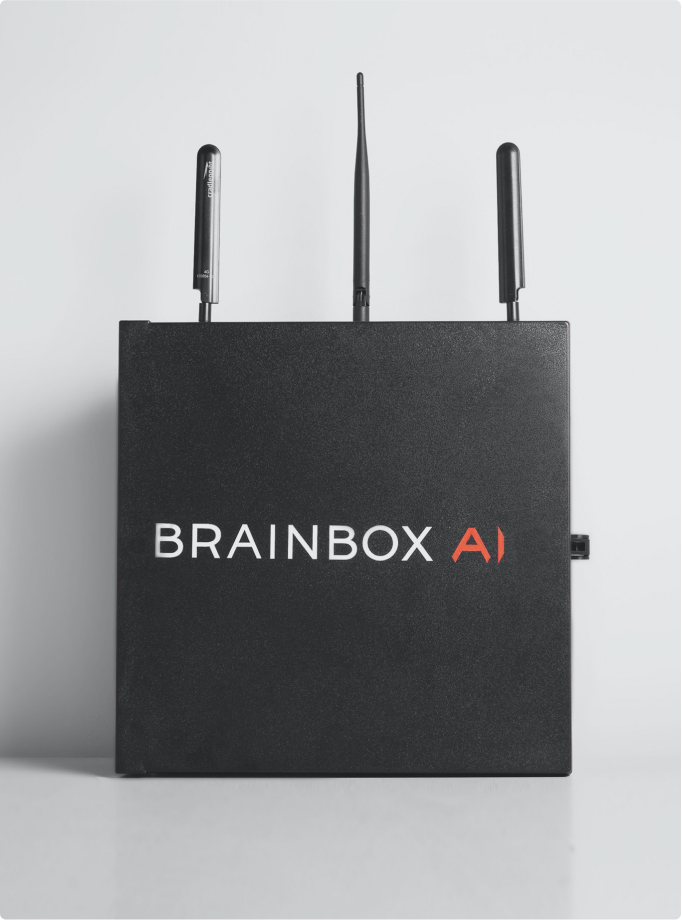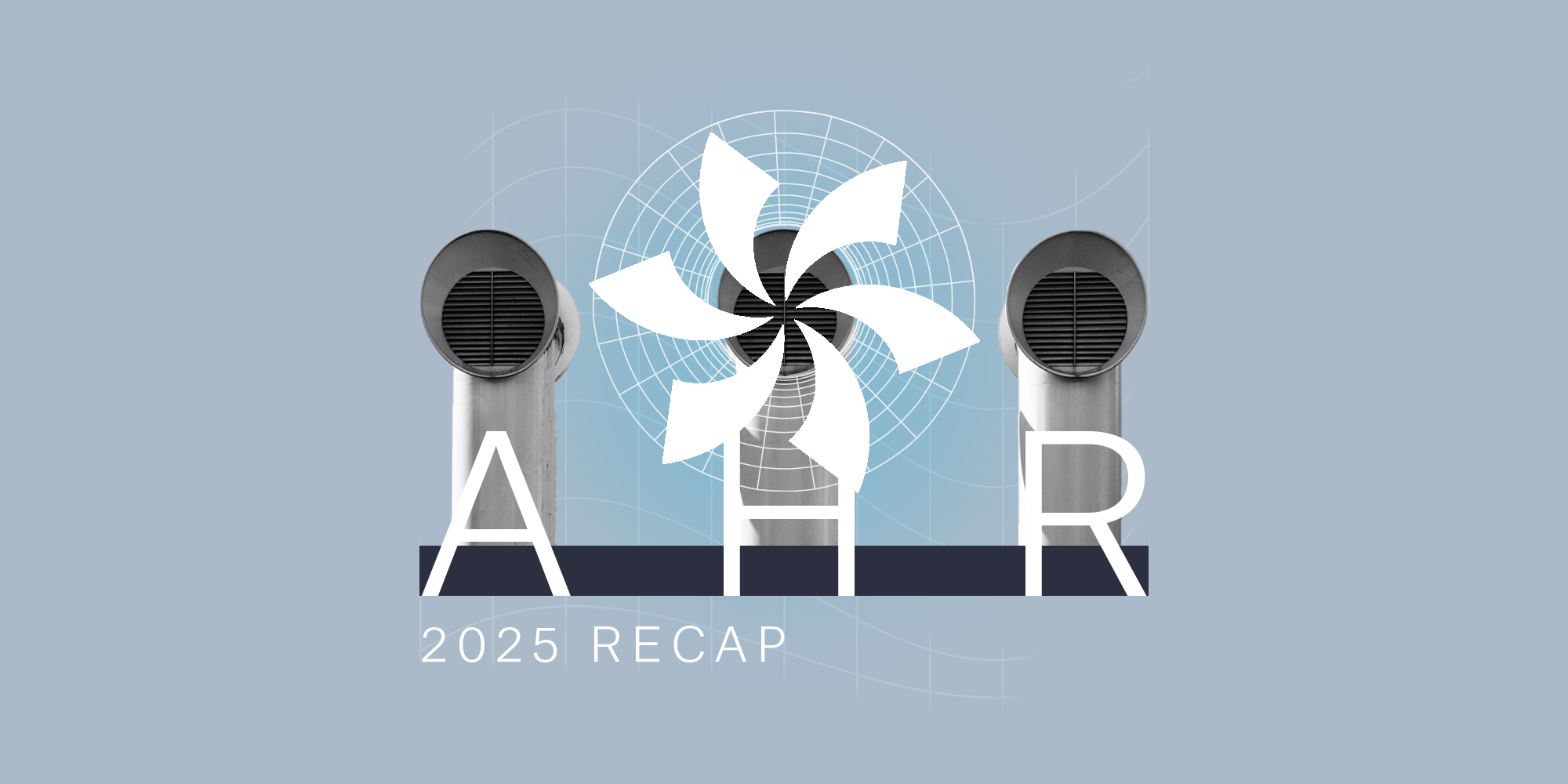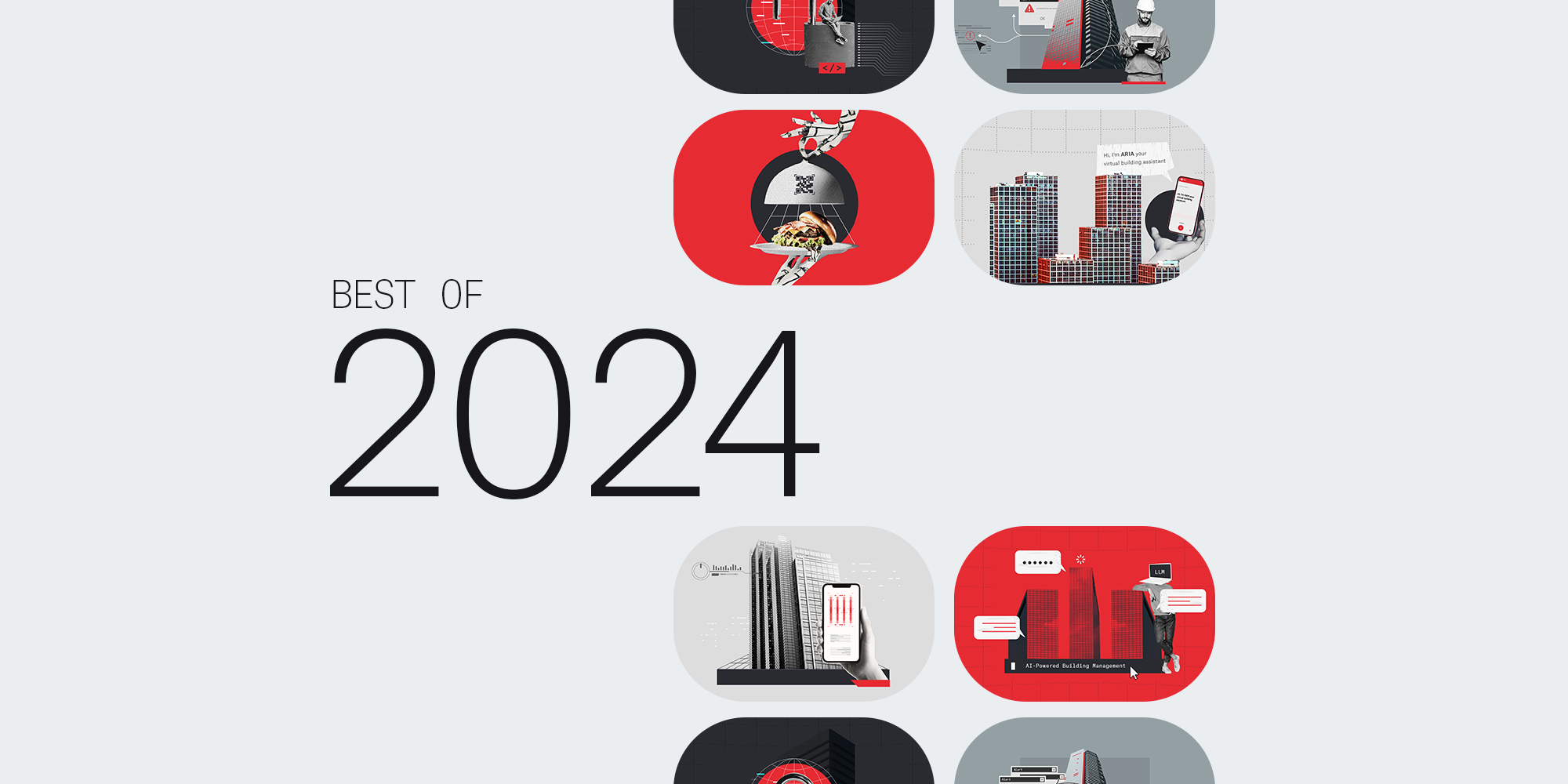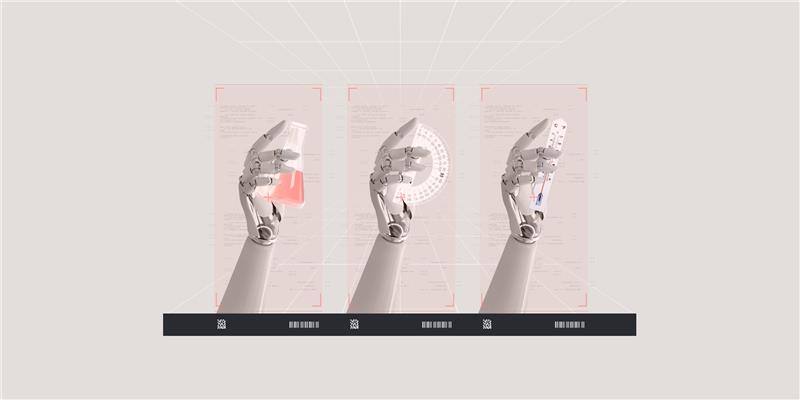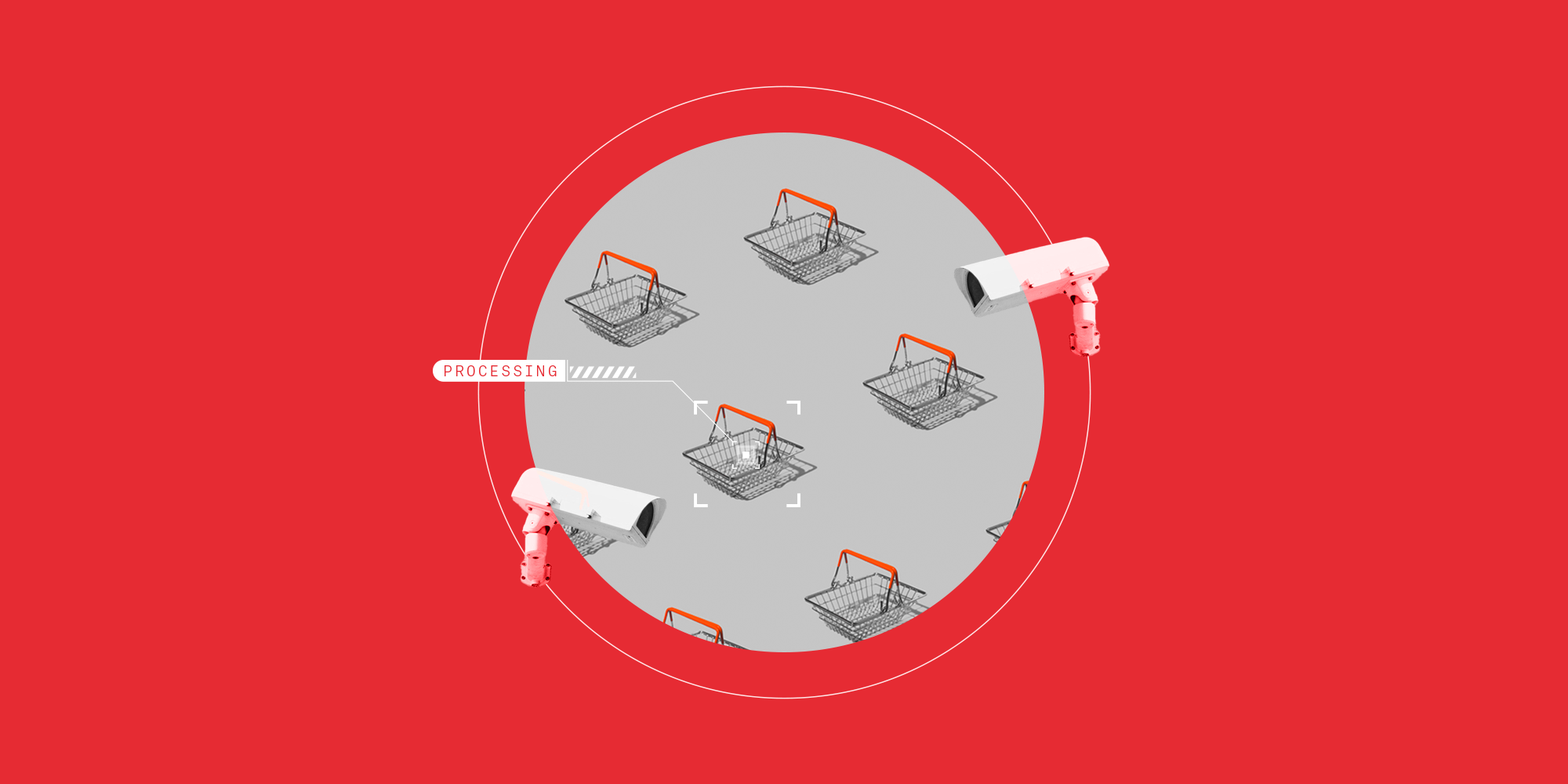What are Scope 4 emissions & why your GHG reports should reflect them

Key takeaways
- Scope 4 emissions, also known as "avoided emissions," are a new concept in emissions reporting, focused on emissions prevented through smart choices and technologies.
- Companies report Scope 4 emissions to demonstrate their commitment to sustainability, transparency, and responsible business practices.
- Stakeholders like investors, consumers, and governments are increasingly interested in understanding the full environmental impact of products and services, driving the demand for Scope 4 emission reporting.
- Challenges in reporting Scope 4 emissions include standardization and data collection issues, but companies like Schneider Electric and Pacific Gas & Electric are leading in this area.
- Reporting Scope 4 emissions inspires positive change, encourages sustainability, and contributes to a healthier planet, though they cannot offset or reduce Scopes 1, 2, and 3 emissions according to SBTi's corporate net-zero standard.
You’ve only just wrapped your head around scopes 1, 2, and (barely) 3... And now there’s a scope 4? We don’t blame you if you’re feeling overwhelmed by a seemingly never-ending series of scopes. But just because they’ve been flying under the radar doesn’t mean scope 4 emissions don’t hold a significant role in the realm of environmental responsibility and sustainability reporting.
What are scope 4 emissions?
In the world of emissions reporting, there are three commonly known scopes: Scope 1, scope 2, and scope 3. Scope 1 emissions cover direct emissions from owned or controlled sources, like the combustion of gas used to power your boiler. Scope 2 emissions involve indirect emissions from purchased electricity - including heating and cooling. Scope 3 emissions extend further to include indirect emissions from sources not owned or controlled by the reporting organization, such as supply chain activities and transportation.
Now enter scope 4 emissions, otherwise known as “avoided emissions”. This new term, coined by the World Resources Institute, isn't officially recognized yet and its definition is still being hotly debated.
The most popular explanation separates scope 4 emissions into two main types:
- The emissions avoided by switching out an emission-intensive product for a more environmentally friendly one. For example, using electric vehicles in place of gas-fuelled fleets.
- The emissions saved by optimizing a system’s energy consumption. For instance, HVAC AI (like the one our experts have created) is able to reduce the amount of energy needed to operate an existing HVAC system. In doing so, it lowers an entire building’s energy consumption and emissions
In short, the big difference between a company’s scope 1, 2, and 3 emissions and their scope 4s is that their scope 1-3's are already being produced and therefore require action to reduce them. But scope 4 emissions aren’t even being created in the first place thanks to the smart choices and technologies a company employs to avoid them.
Why should companies report their scope 4 emissions?
While these avoided emissions can be tricky to measure, they do allow businesses to share and shed light on how their product or service is lowering its harmful impact on the environment in a way that isn’t represented through their scope 1, 2, and 3 emission reduction data.
That’s because when companies report their scope 4 emissions, they’re highlighting the emissions they’ve managed to prevent, demonstrating their commitment to sustainability and responsible business practices. What's more, reporting Scope 4 emissions fosters:
- Transparency and accountability: Reporting Scope 4 emissions demonstrates a commitment to transparency and accountability. It also holds organizations responsible for their environmental impact.
- Informed investor decision-making: The first three scopes are limited in that they may understate the climate-positive value of their products and their contribution to decarbonizing the economy. For investors, taking into account scope 4 disclosures makes sense not just from a sustainability point of view, but also from a financial standpoint, as it shows the true added value a company is making to its ESG agenda.
- A competitive edge: Organizations that proactively report and manage their Scope 4 emissions can gain a competitive edge by appealing to environmentally conscious consumers and investors. What's more, reporting on avoided emissions can give a company a competitive leg up if it demonstrates that its products or services are more environmentally friendly options.
Who demands scope 4 emission reporting?
While Scope 1, 2, and 3 emissions reporting might be more commonly required or voluntarily disclosed, Scope 4 emissions reporting is gaining momentum as environmental consciousness deepens. Investors, consumers, governments, and stakeholders are becoming more interested in understanding the true environmental impact of products and services, from cradle to grave. Organizations are feeling the pressure to be transparent about the entire lifecycle emissions associated with what they offer.
Additionally, sustainability frameworks such as the GHG Protocol, the World Resources Institute, and Mission Innovation, as well as asset management companies like Schroders, are increasingly incorporating Scope 4 emissions reporting as a vital (though not mandatory) aspect of comprehensive environmental reporting. This shift underscores the growing recognition that addressing climate change and achieving sustainability goals requires a holistic approach that considers the entire supply chain and product lifecycle.
👉 While there are currently no compulsory requirements to report scope 4 emissions, it can prove beneficial for both individuals and companies looking to reduce their emissions, improve their sustainability efforts, and meet their climate goals.
Reporting scope 4 emissions: Challenges and examples
Despite burgeoning support for scope 4 disclosure, there’s still a lack of standardization on how to calculate and report saved or avoided emissions. As it stands, scope 4 emissions are more of a theoretical calculation measured through a reference scenario, generally comparing products to the average market solution, a solution previously in place, and/or a previous generation of a product.
Another issue lies in the collection of accurate emissions data, both before implementing emissions reduction strategies and after. This data is expansive and can incorporate a vast number of variables that would be almost impossible to track without the help of a third party.
One example of a company that was able to successfully gather and measure its scope 4 data is Schneider Electric. In its 2022 Climate Report, the French multinational digital automation and energy management company claims to have helped customers save and avoid 440 million tonnes of CO2e between 2018 to 2022. That’s the equivalent of 88,825,468 gasoline-powered passenger vehicles driven for one year. To measure these saved and avoided emissions, the company developed its own methodology (which is publicly available on its website) with Carbone 4, an expert CO2 accounting consulting company, in the hopes that it will become a shared industry standard.
Another company committed to reducing its customers’ emissions and recording its scope 4 goals is America’s Pacific Gas & Electric Company. In their 2022 climate strategy report, the company outlines its scope 4 goals, estimating it will avoid an estimated 2.5 million metric tons of CO2e by 2030 by proactively converting customers from higher carbon-intensity fuels to natural gas.
💡 When reporting, saved and avoided emissions shouldn’t be subtracted from real emissions. Instead, companies can use a ratio approach, reporting scope 1, 2, and 3 emissions over their avoided emissions.
Scope 4 and beyond: the road to a more resilient future
Of course, the upside of a lack of standardization when it comes to calculating and reporting your scope 4s is that, as long you provide transparency on your methodologies, detail how they’re audited, and show your yearly reported figures, you can’t really go wrong. And the effort of reporting these avoided emissions is far outweighed by its benefits; by focusing on your emissions reduction achievements, you're not only bolstering your own efforts, but you’re also inspiring others to make their own reductions. What's more, by making your scope 4 emissions known, you’ll be helping stakeholders make more informed, environmentally conscious choices - which in turn helps drive positive change, shapes more sustainable industries, and paves the way for a healthier planet.
* Note: According to the SBTi’s corporate net-zero standard, scope 4 emissions cannot be used to offset or reduce scopes 1,2 and 3 emissions and should therefore be excluded from net-zero reporting.


